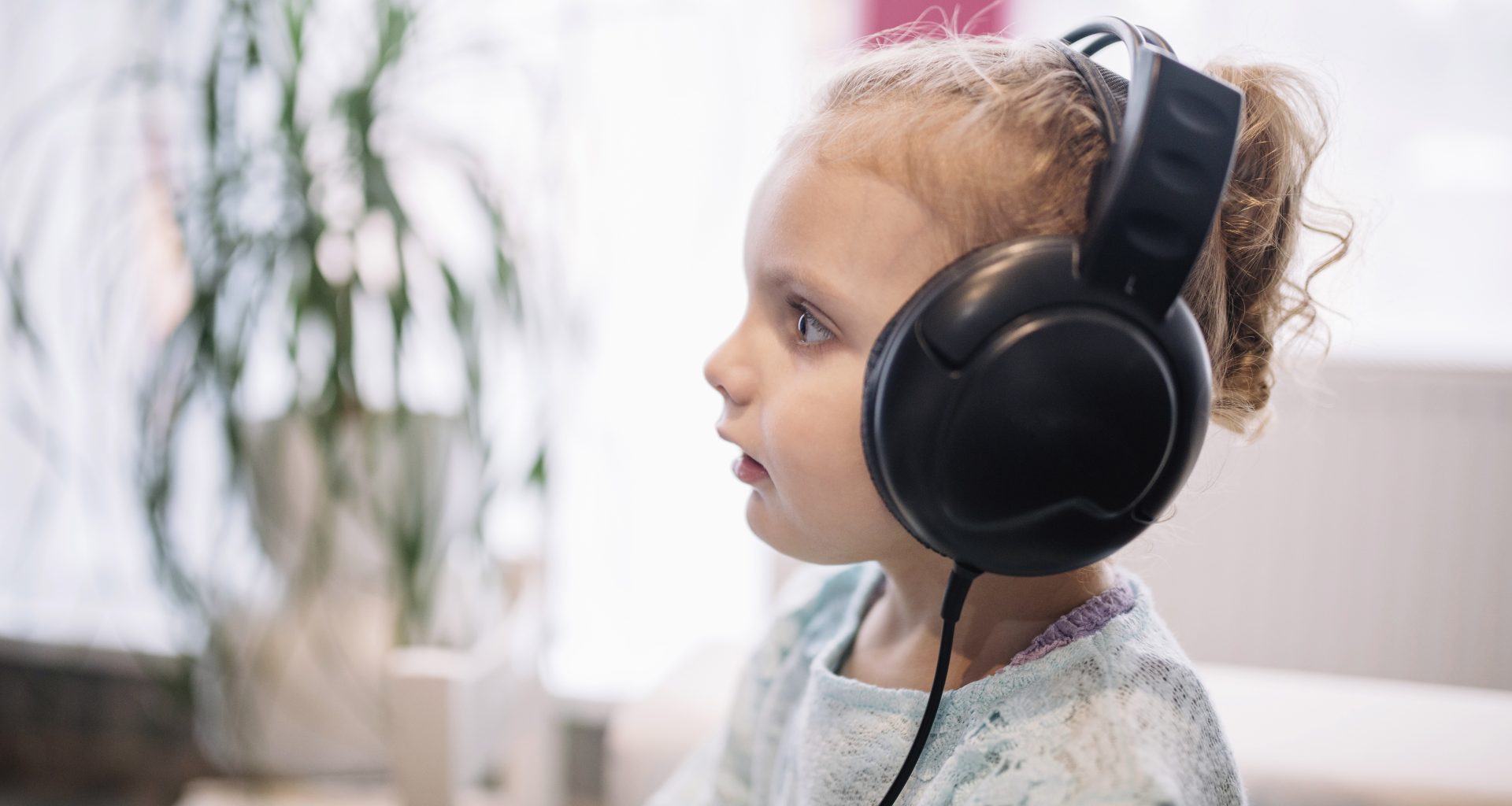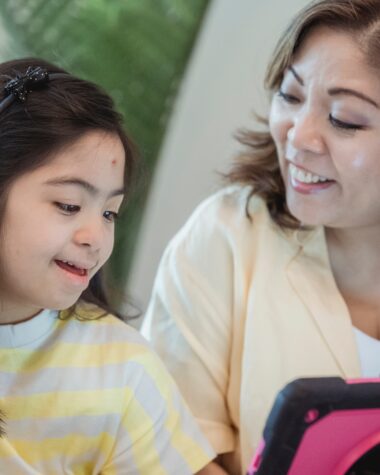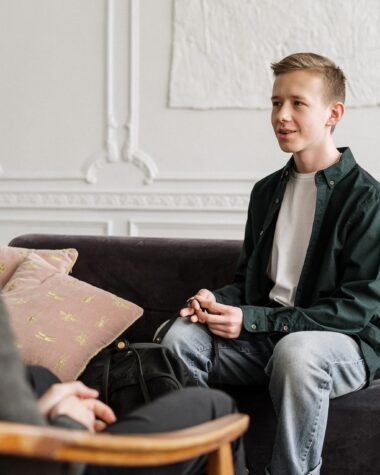In a world that can often be overwhelming and sensory-rich, autistic individuals have unique ways of navigating their environments. One common sight among many autistic individuals is the wearing of headphones. These seemingly simple accessories play a profound role in the lives of autistic people, serving as a shield, a comfort, and a form of self-expression. In this article, we will delve into the reasons behind wearing headphones for autistic individuals, shedding light on how these devices empower their voices and help them navigate a world that often fails to understand their sensory experiences.
Sensory Overload and Sensitivity
Autistic individuals often experience sensory overload to a much greater extent than neurotypical individuals. Everyday sounds, such as the hum of fluorescent lights, the chatter of a crowded room, or the honking of car horns, can be painfully overwhelming. These sensory stimuli can trigger intense anxiety, discomfort, and even physical pain for some autistic individuals.
Wearing autism headphones provides a means of control over their sensory environment. Noise-canceling headphones or earplugs can filter out or reduce the intensity of these overwhelming sounds, allowing autistic individuals to regain a sense of calm and focus. In essence, headphones become a protective barrier against sensory overload, enabling them to engage more comfortably with the world around them.
Creating a Safe Space
Autistic individuals often use headphones as a way to create a safe and controlled space within the chaos of the outside world. Imagine walking into a bustling shopping mall or a noisy restaurant – for many autistic individuals, this can feel like stepping into a hurricane of sensory input. By wearing headphones, they can establish a boundary between themselves and the outside world, giving them a sense of security and control.
This controlled space allows autistic individuals to regulate their sensory experiences and reduce the anxiety that often accompanies unexpected or overwhelming stimuli. In this sense, headphones become a portable sanctuary, a shield that they can rely on to navigate challenging environments.
Communication Challenges
Another reason many autistic individuals wear headphones is related to communication challenges. Autism is characterized by a wide spectrum of communication styles and difficulties. Some autistic individuals may struggle with verbal communication, while others may find it challenging to understand non-verbal cues or social norms.
Wearing headphones can serve as a visual cue to others, signaling that the individual may have communication difficulties or that they need a break from social interaction. It can also act as a way to deter unsolicited conversations, which can be particularly distressing for some autistic individuals. In essence, headphones become a form of non-verbal communication, helping them navigate social situations on their own terms.
Self-Regulation and Comfort
Autistic individuals often have unique sensory preferences. Some may find comfort in listening to familiar and soothing sounds or music, which can help regulate their emotions and reduce anxiety. The rhythmic beats and melodies can have a calming effect, providing a sense of predictability in an otherwise unpredictable world.
For some, wearing headphones serves as a form of self-soothing. The tactile sensation of the headphones on their ears and the auditory input from their chosen music or sounds can create a cocoon of comfort, helping them manage stress and anxiety. In this way, headphones become a vital tool for self-regulation, allowing autistic individuals to maintain emotional well-being in challenging situations.
Expressing Individuality and Identity
While headphones are often seen as a tool for sensory management, they can also serve as a means of self-expression and identity for autistic individuals. Just like anyone else, they have diverse tastes and interests when it comes to music and soundscapes. The headphones they choose and the music they listen to can be a reflection of their unique personalities and passions.
Autistic individuals may use their headphones to share their favorite songs, artists, or genres with others, providing a glimpse into their world. These headphones can become a source of pride and a symbol of their individuality. In this sense, headphones empower autistic voices by allowing them to express their preferences and connect with others who share their interests.
Coping with Change and Transition
Change and transition can be especially challenging for autistic individuals. Whether it’s transitioning from one activity to another, moving to a new environment, or facing unexpected disruptions, these changes can trigger anxiety and distress. Wearing headphones can provide a sense of continuity and familiarity in such situations.
The music or sounds they choose to listen to can act as a comforting anchor, helping them cope with change and uncertainty. It can serve as a predictable element in an otherwise unpredictable world, offering a degree of comfort and stability.
Also Read: Applied Behavior Analysis (ABA) Therapy: Tips for Parents to Incorporate into Daily Routines
In Conclusion
The act of wearing headphones is far more than a simple fashion statement for many autistic individuals; it is a means of empowerment, self-regulation, and communication. Through headphones, they gain control over their sensory environment, create safe spaces, navigate communication challenges, and express their individuality. Headphones empower autistic voices by allowing them to navigate a world that can often be overwhelming and misunderstood.
It’s essential for society to recognize and respect the significance of headphones for autistic individuals. Rather than viewing them as a barrier to social interaction, we should see them as a tool that enables autistic individuals to engage with the world on their own terms. By understanding the reasons behind wearing headphones, we can foster a more inclusive and accepting society that values and empowers autistic voices.







